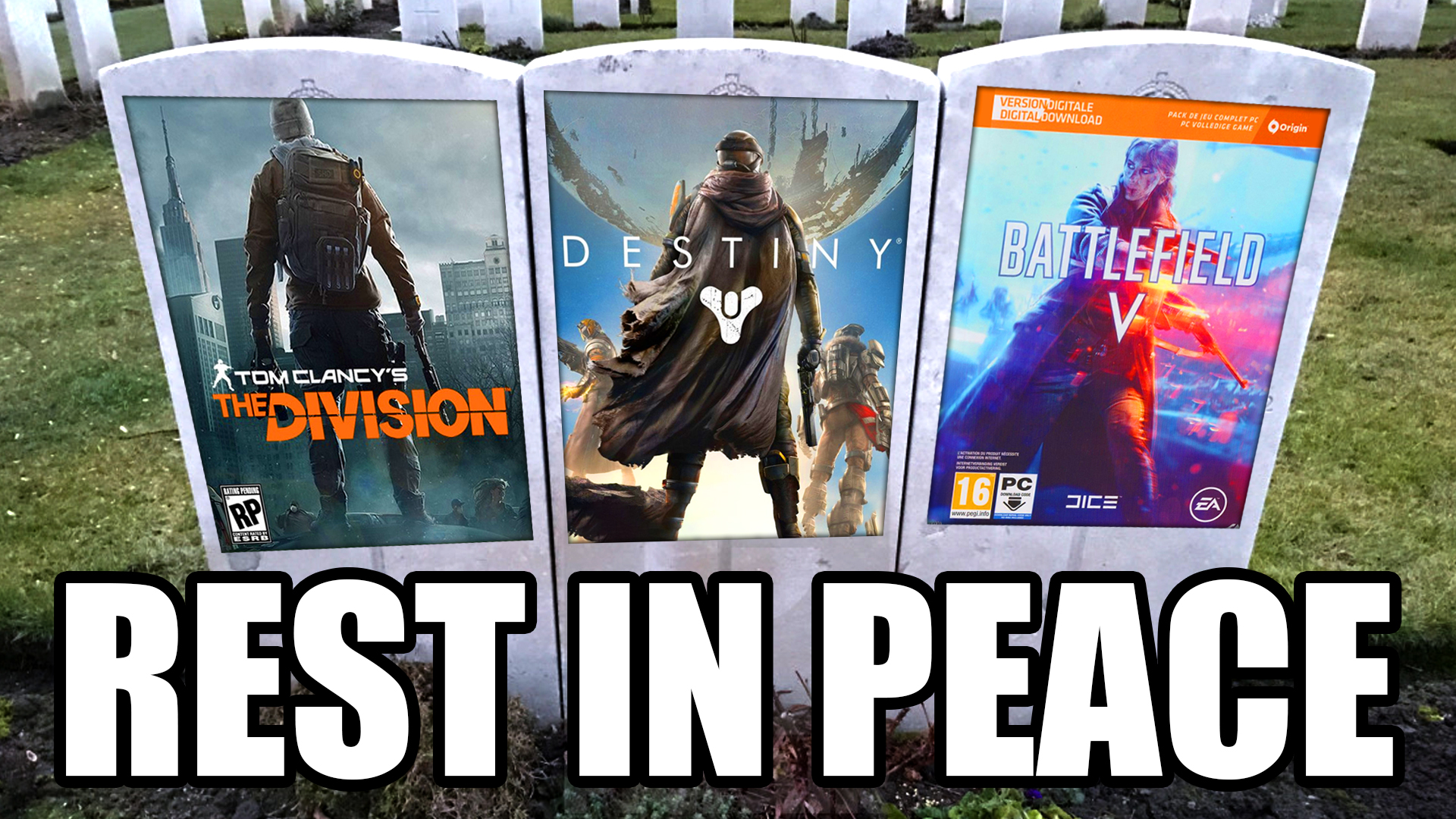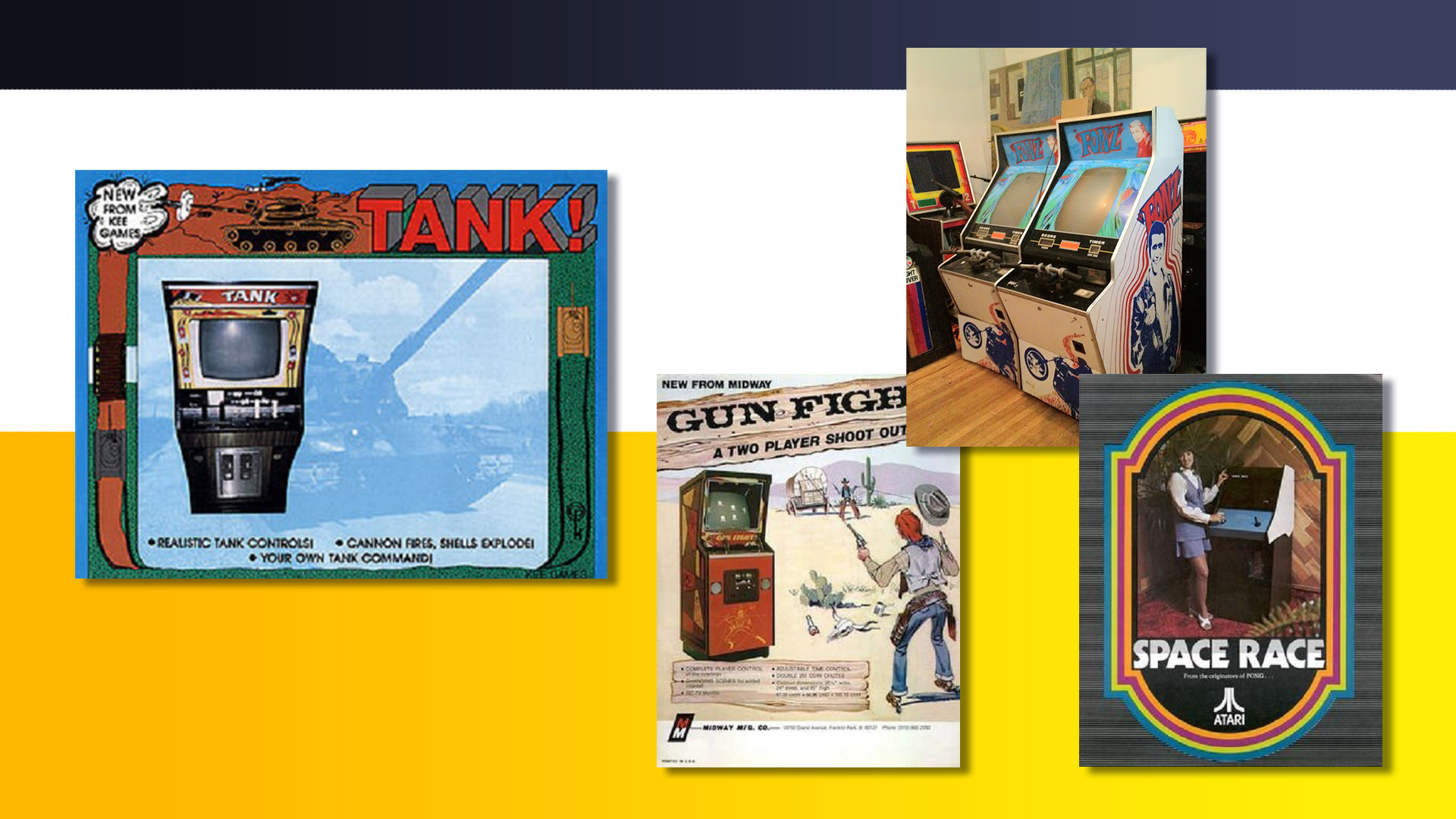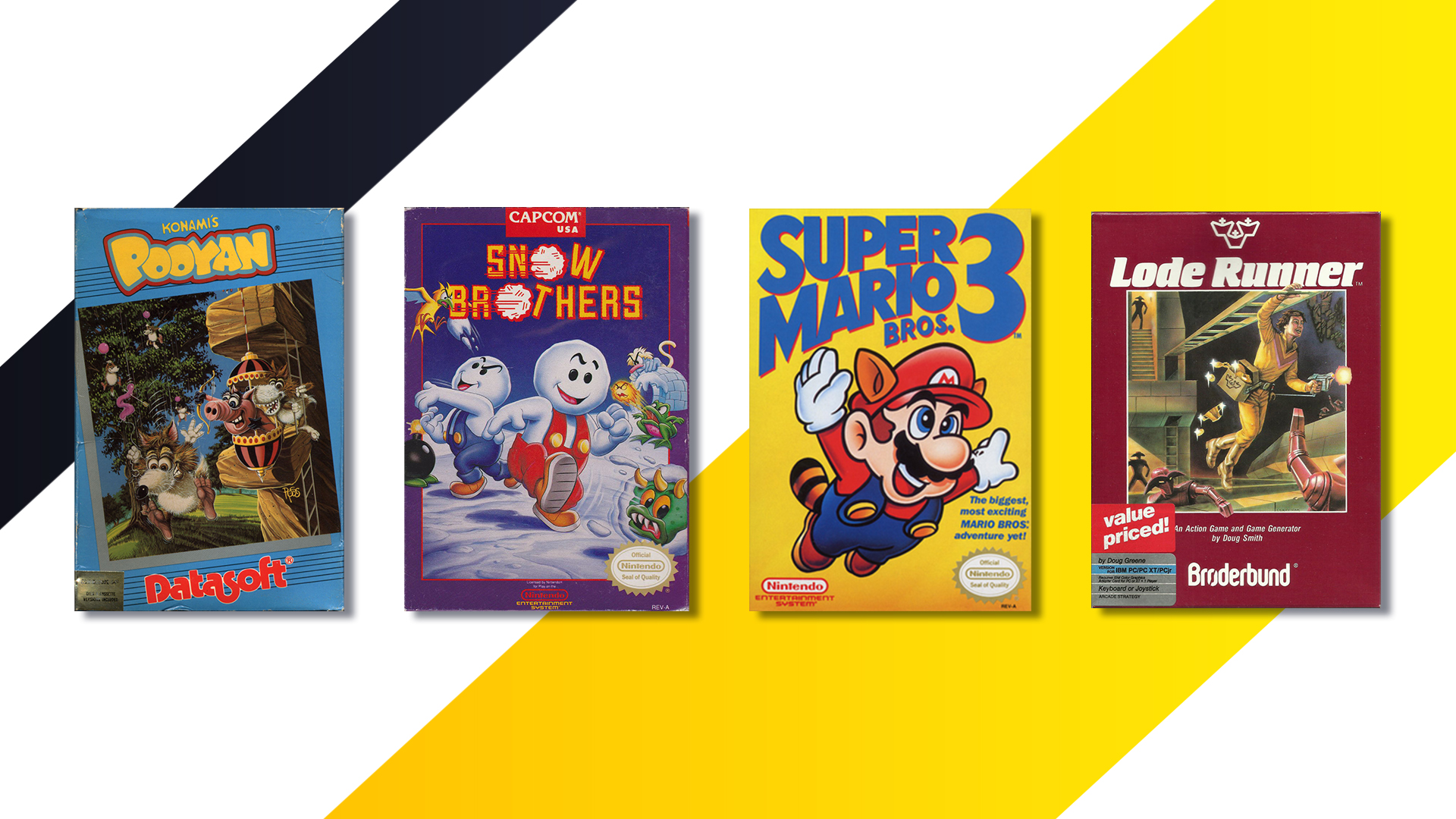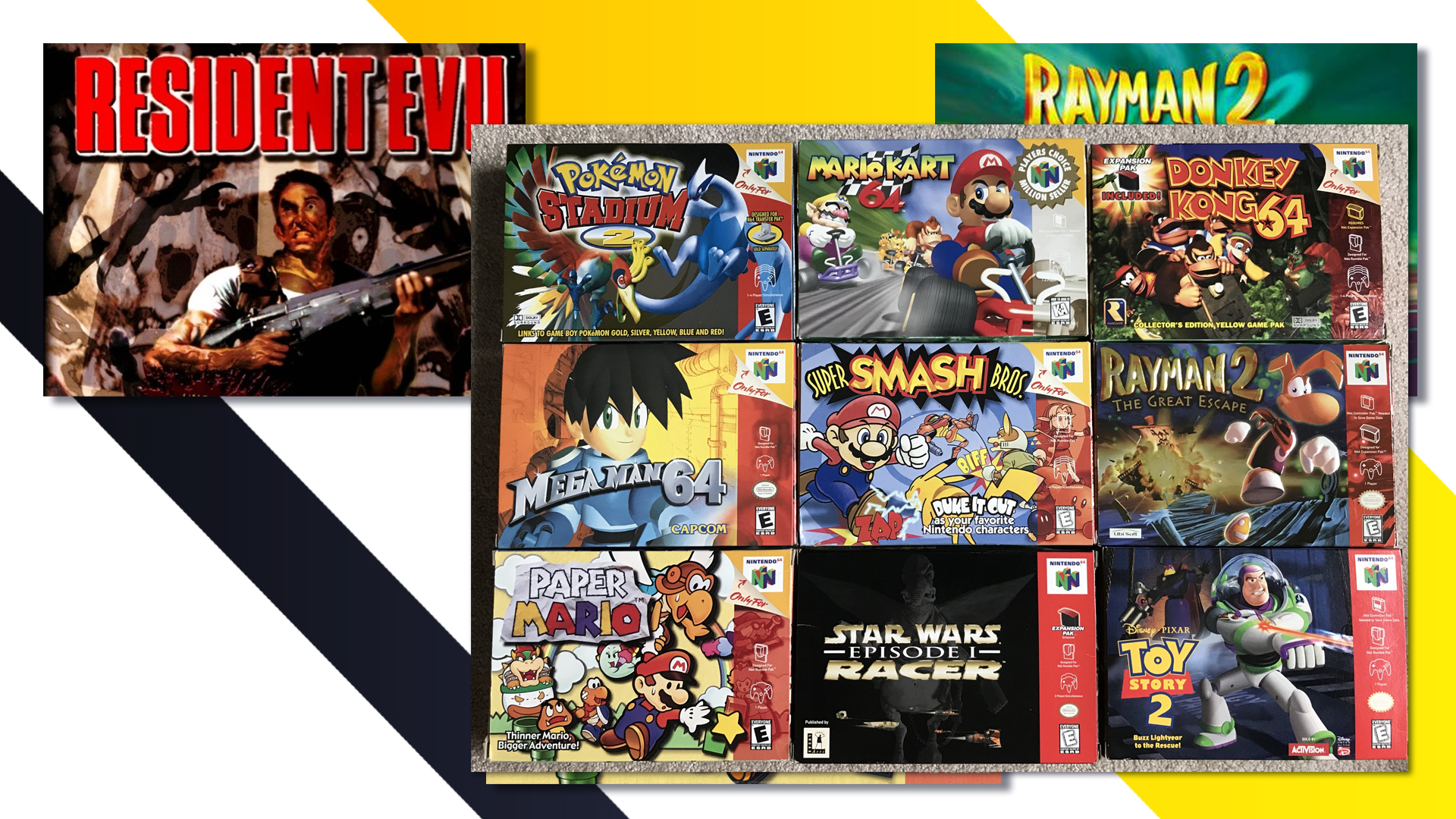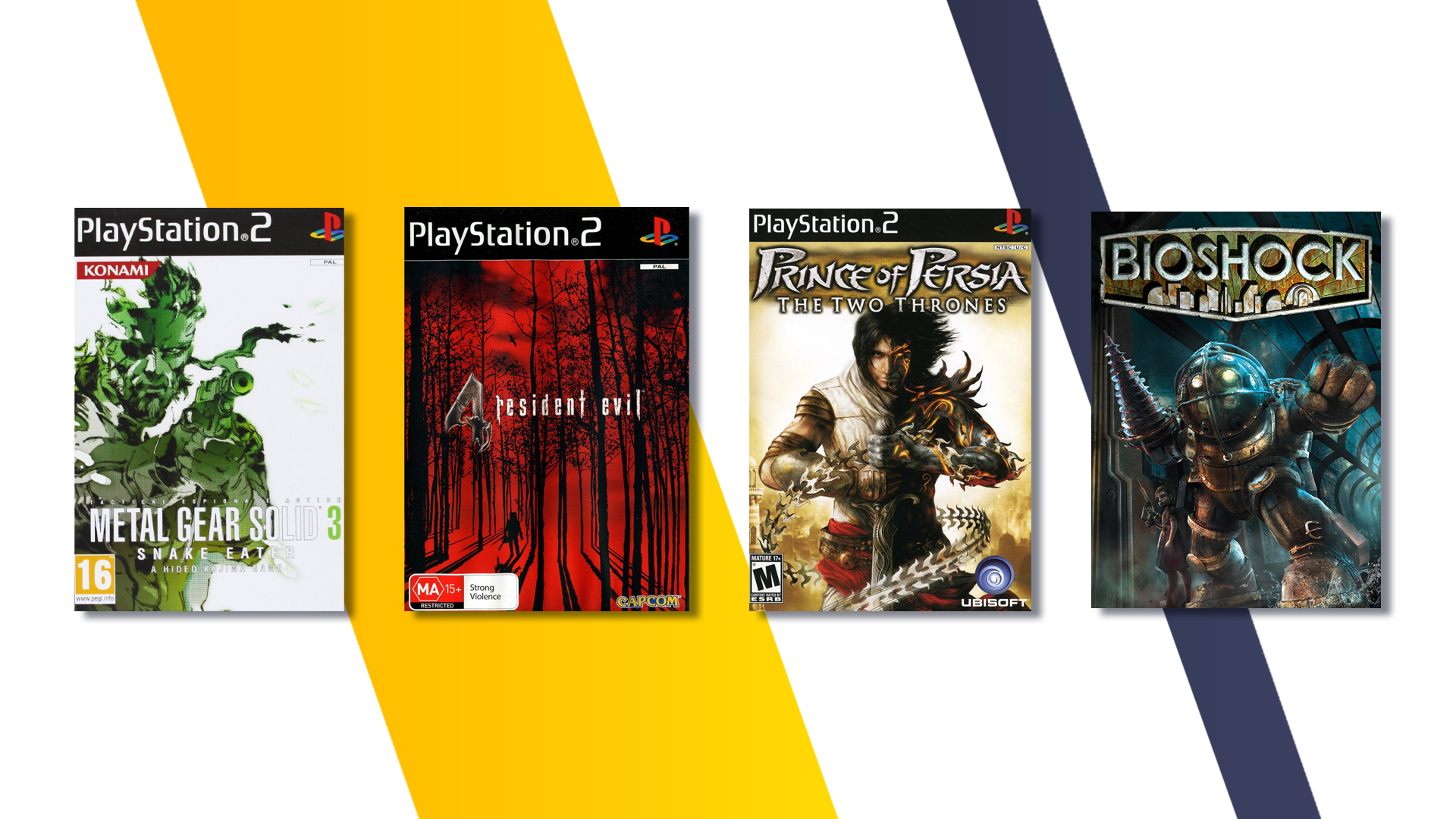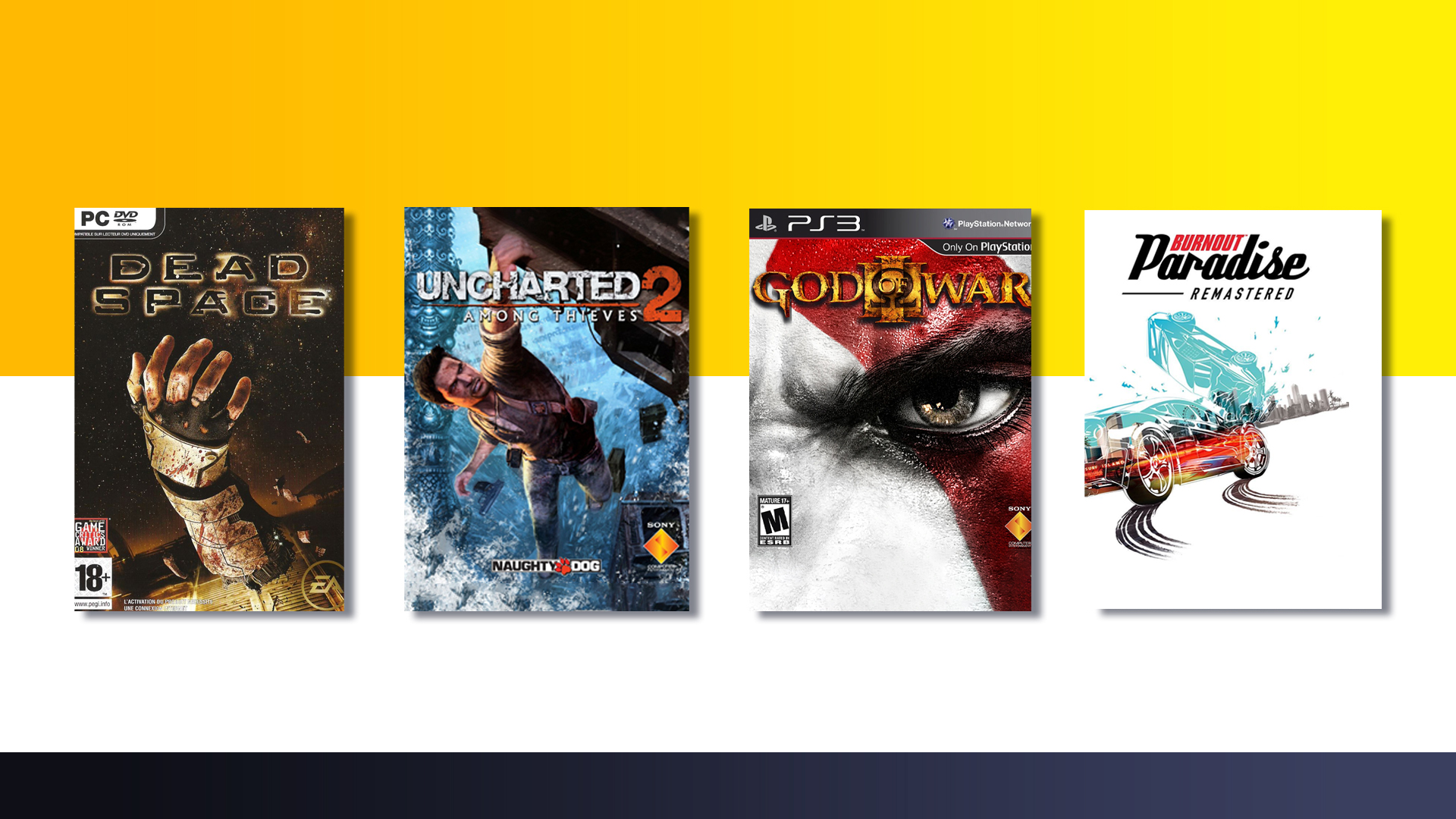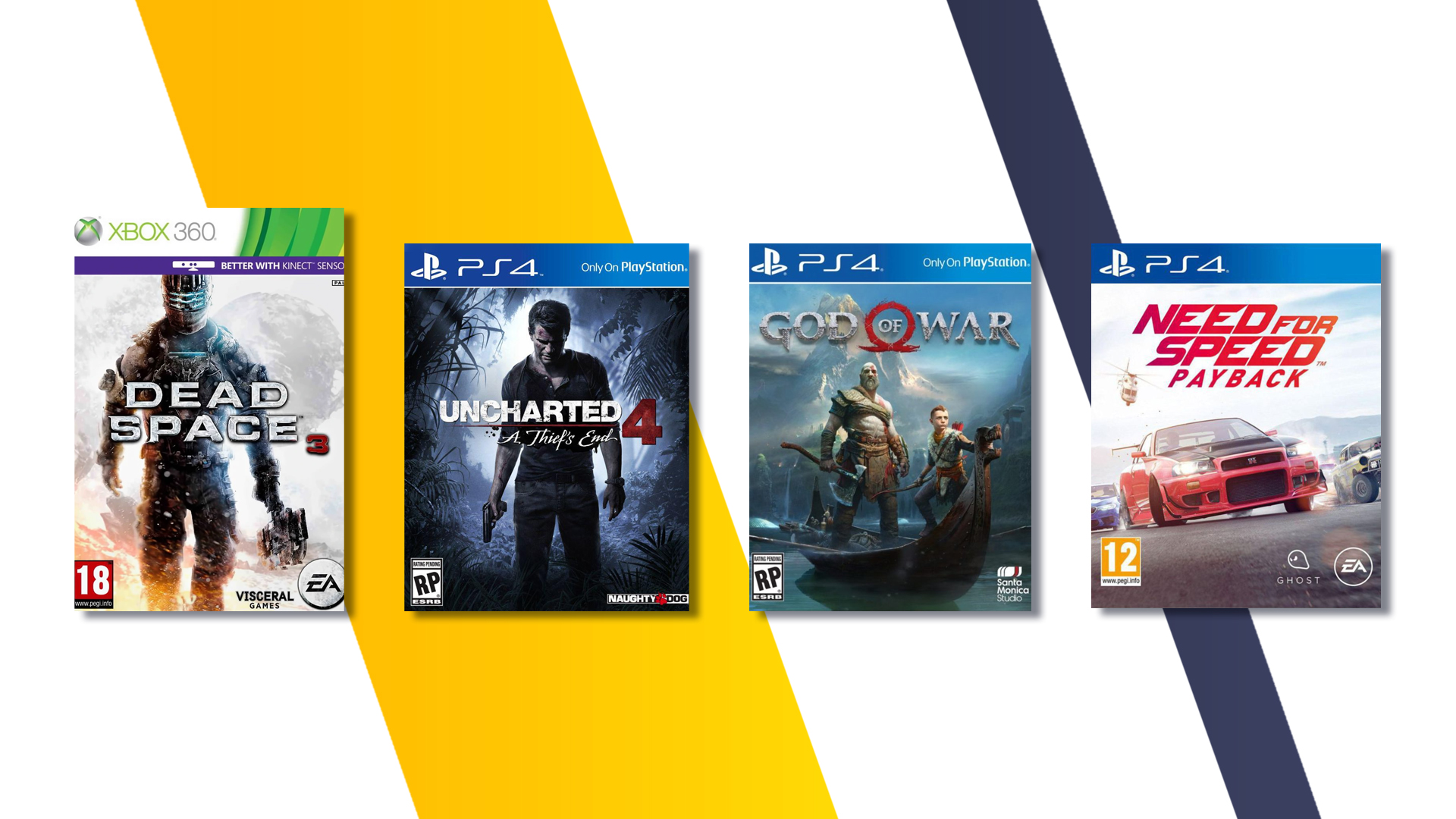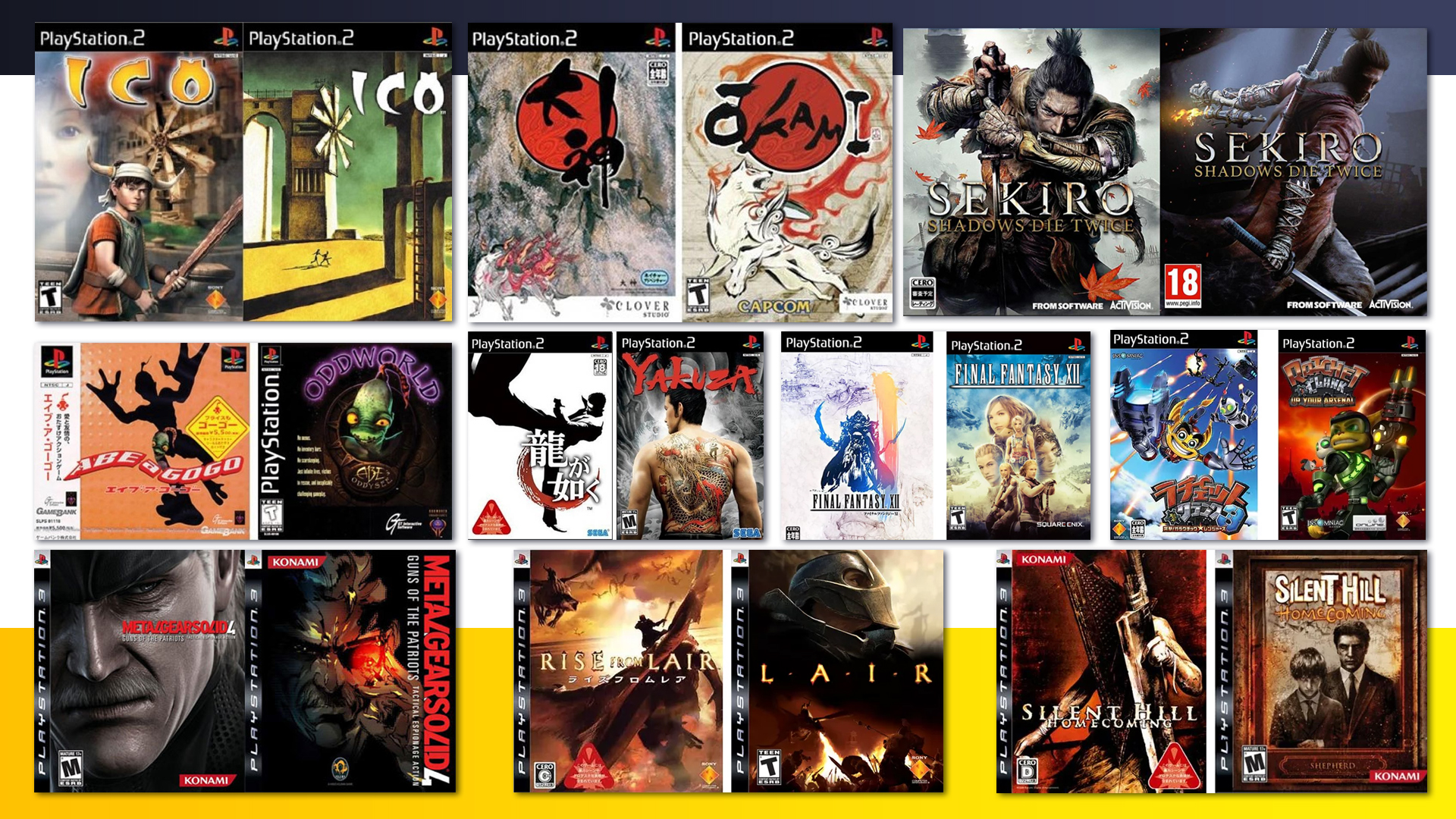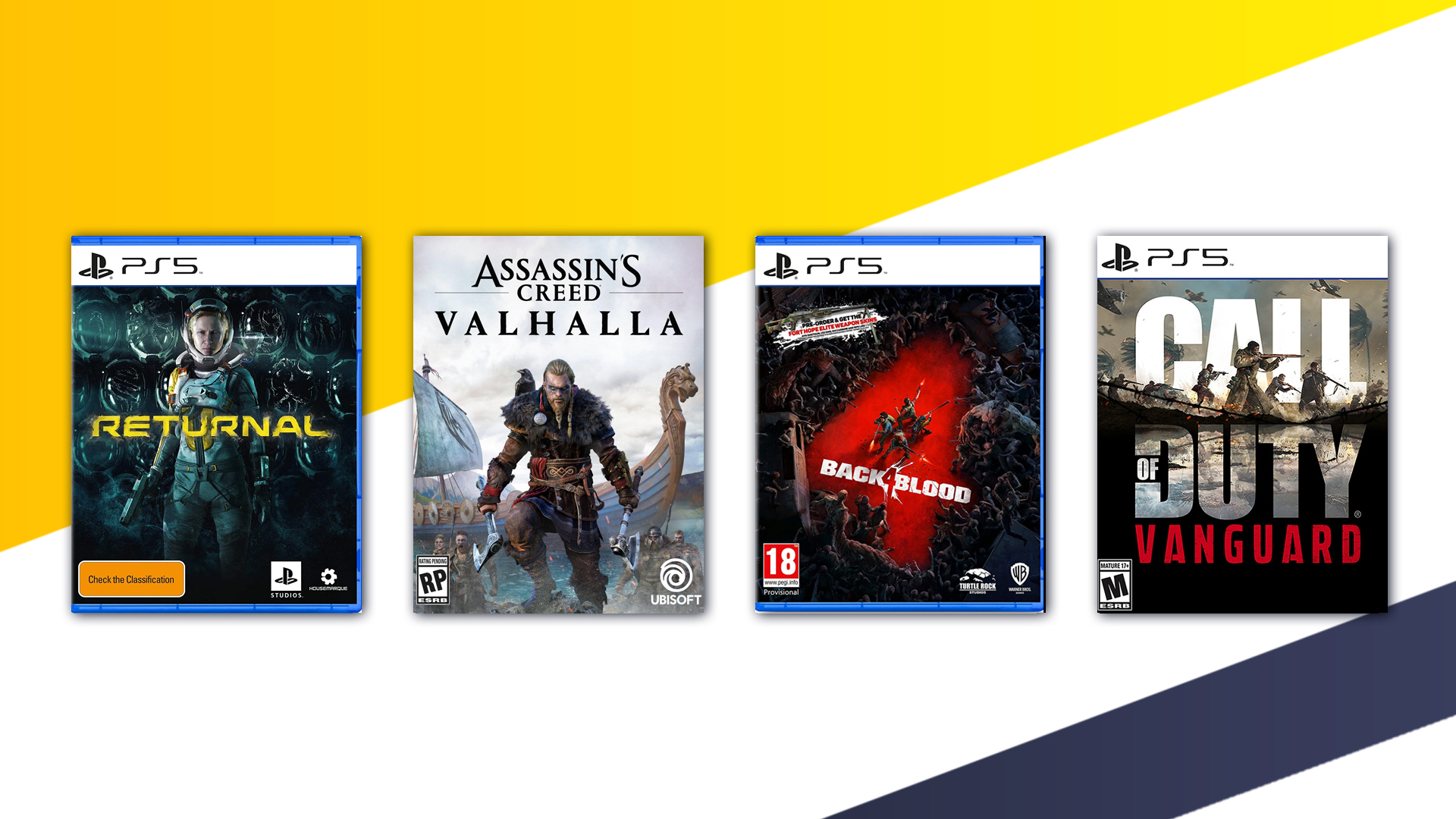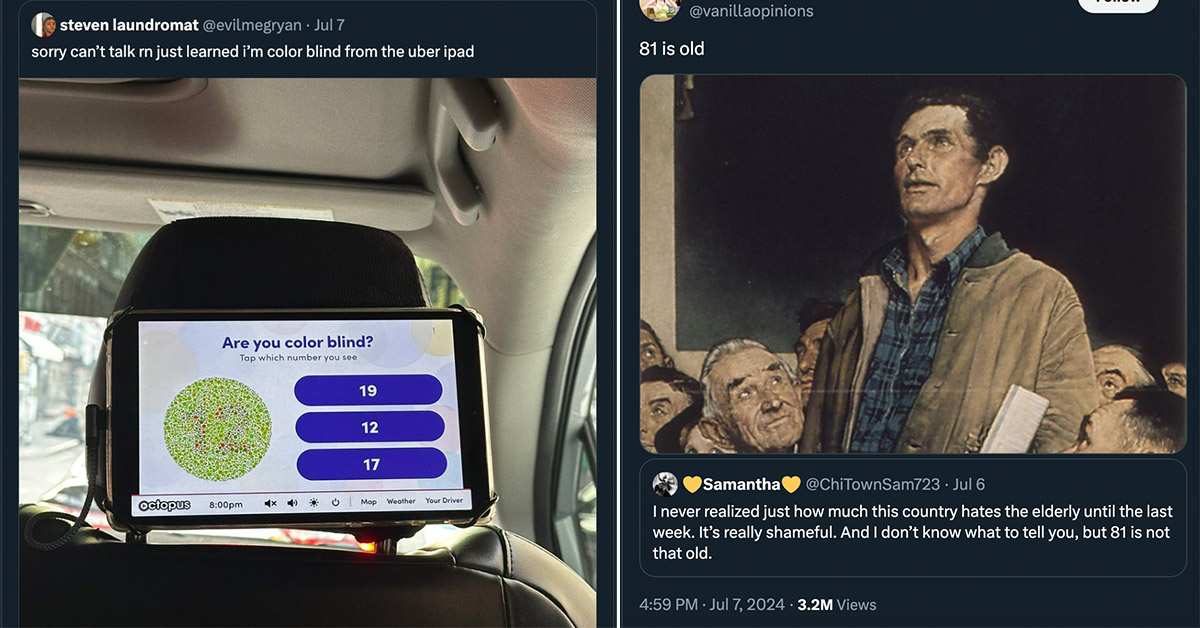Unique Video Game Cover Art Is Dead and Gone
The art of creating unique video game covers has slowly turned into a humdrum formula. But why? Let's jump into the history of video games and see how exactly covers arts have devolved.
Published 3 years ago in Funny
1
People say, "Do not judge a book by its cover," but... having a thoughtful cover only adds to the reader's experience. The same can be true for video games. In no way can cover art truly depict the quality of the game or vice versa. However, it does help catch a buyer's attention and leave a nostalgic imprint in their heart.
Sadly, the love that went into building amazing cover arts has died down in the last decade. What was once a medium to showcase a story has turned into a banal copy-pasting of ideas. Just look at the covers for Destiny, The Division, and Battlefield V, all of them have the main characters in front of a background with no story whatsoever.
It would work if the main character were someone famous like Batman, but that is not the case. These covers are a result of mindlessly following a cliche formula. What is sad is the fact that it is becoming a norm in the industry.2
Now, clearly, cover art was not a thing in the good old days of the arcade. But there was imagery on the arcade machines that would play a major role in selling the idea for the game. From Pac-man to Space Invades, the cabinets were full of creative artworks to feed the players' stories. The idea remained the same once gaming moved from arcade stations to homes.
3
The Early Days (The 1980s to 1990s)
Storytelling and marketing through artworks have been the main idea behind the inception of box art. So many early games were all about just that. From Lode Runner to Snow Brothers, or Mega-man to Metroid, you can see a freeze-frame of a story in motion on their covers. There were some exceptions, like Super Mario Bros. 3. but it was mostly due to the character's popularity. Other than those, most games cartridges had to be creative to sell the idea.4
As time went on, the era of 3D games became apparent. With that change, the art of making video game covers was also evolving slowly. Look at the few of the box arts above.
Resident Evil's vintage horror movie-like poster shows the nameless character surrounded by shadows, breathing life into the title. Look at Rayman 2, where we can see a pirate ship explode in the back as the character tries to escape. See how most of them are trying to tell a unique story.5
Creative Box Arts (2000 to 2010) - This may be the best era with the most iconic video game cover designs ever. The sheer passion that went into making each of these look different was phenomenal. While not every game was trying to tell a story in this era, the idea of having a unique style, using various camera angles, and having a different approach was perfect. That being said, in the late 2000s, many western games opted for cliches like front-facing or back-facing box-arts.
6
Creative Box Arts (2000 to 2010) - Here are some strong examples of admirable cover art designs. The dismembered hand from the Dead Space box tells a spooky story that compliments the game. The Uncharted 2 has Nathan Drake barely hanging from a wrecking train. God of War 3 shows a close-up of angry Kratos because it's about revenge. Burnout Paradise stands out with the silhouette of colliding cars with an image of Paradise City clipped inside. Now comes the shocking part, the next slide shows the follow-ups to these titles.
7
Box Art Cliches (2010 to 2020) - Just for the sake of comparison, this is how the box arts of the follow-ups to these games look. Despite the improved design quality and the detail in the modern-day box arts, these are essentially the same images, featuring the main character posing in front of a background. ANd to be honest, they're kind of boring.
8
Video Game Box Arts (2010 to 2020) - This trend continues today, with most games opting for the typical generic box art designs. It works for some and not for others, but at the end of the day, it makes you wonder, "where did the creativity go?" Phrases like "if it works, why change it" comes to mind for sure.
9
Box Arts That Changed Between Regions - There are plenty of games where publishers specifically changed their cover art for western releases. It is certainly a marketing call, but the cliches and differences are clear. Above are a few examples, you be the judge which ones are western and which ones aren't.
10
Video Game Box Arts (2021 Onwards) - As we move onwards, some games opt for the same old "lack of creativity" we've become accustomed to, while others are going a mile ahead. It is great to see how Call of Duty Vanguard uses a completely different design approach, and Back 4 Blood is one step ahead as well. At the same time, Valhalla and Returnal seem to be going for the usual route. But what is the future for box-arts? Is it the "generic cliche design" approach or the "creative-storytelling" approach?
11
How Does The Future For Cover Arts Look? - To answer that, we'll have to see where modern-day gaming is going. As you can see, digitalization is imminent. Many websites are using in-game screenshots to promote games these days.
PlayStation 5 has a digital model, and a lot of PC games are purchased digitally as well.
Moreover, most games do not run off discs as they used to, which means their importance will slowly diminish. Seeing this, will there even be physical copies for games in the coming few years? Or by the time PS6 comes out? Guess we'll have to wait and see, but for today's lesson, we can conclude that the end of creative video game covers are a thing of the past.

